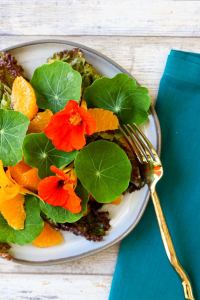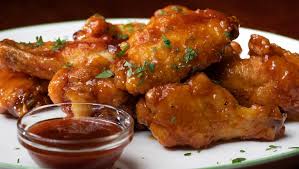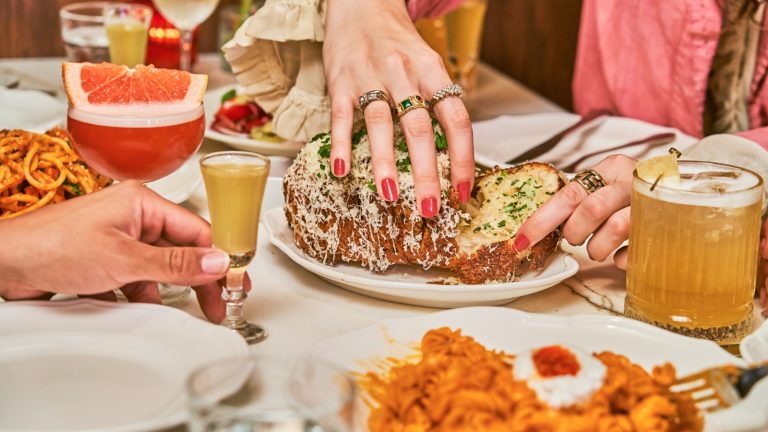Edible Flowers in Spanish Cuisine: Adding Elegance to Traditional Dishes

Spanish cuisine is known for its vibrant flavors, colorful presentation, and deep connection to tradition. In recent years, chefs have embraced a trend that combines art with gastronomy: the use of edible flowers. These delicate blossoms elevate even the simplest dishes, adding both visual appeal and subtle flavor. From tapas to desserts, edible flowers like violets, calendula, and nasturtiums are transforming plates into masterpieces. And if sourcing the perfect blooms seems challenging, remember that modern services make it easy to send flowers to Mexico or any other destination, ensuring freshness for your culinary creations.
Why Edible Flowers?
Flowers have long been present in Mediterranean culture, but their culinary application is enjoying a modern revival. Edible flowers are not only beautiful—they add unique flavors, ranging from peppery and tangy to sweet and aromatic. They can also provide vitamins and antioxidants, making them as healthy as they are decorative.
Top Choices for Spanish Dishes
Violets (Violetas)
Violets are prized for their delicate sweetness and stunning purple color. In Spanish cuisine, they are often used in desserts like natillas (custard) or as candied decorations on cakes. Their subtle aroma also complements citrus-based sweets.
Calendula (Caléndula)
Known as the “poor man’s saffron,” calendula petals add vibrant orange and yellow tones to dishes. Their slightly tangy taste works well in salads, rice dishes, or as a garnish for seafood tapas. They not only enhance the look but also bring a refreshing twist to traditional flavors.
Nasturtiums (Capuchinas)
These bold, colorful blooms deliver a peppery kick similar to arugula. They are perfect for cold tapas, mixed salads, and even garnish for cheese boards. In modern Spanish fusion cuisine, nasturtiums often appear in creative pintxos and summer gazpacho variations.
How to Use Them Safely
Always choose flowers labeled as edible and grown without pesticides. Avoid using flowers from florists unless they’re specifically intended for consumption. Rinse petals gently and remove stamens for the best taste and texture.
The Final Touch for a Memorable Meal
Adding edible flowers to Spanish recipes is about more than decoration—it’s about creating a multisensory dining experience. Whether sprinkled over a refreshing salad, infused in a dessert, or used as a garnish for tapas, these blossoms bring elegance and creativity to your table.






